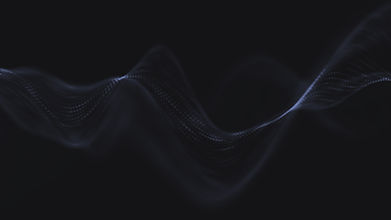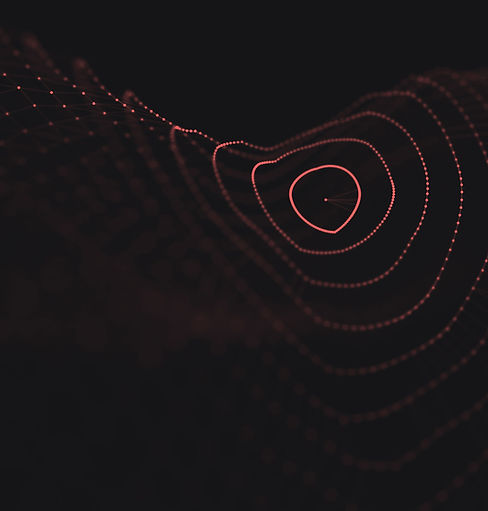

Integrated observation and communication platform
Stratospheric balloons with sensor and communication payloads for wide area observation and long range communication delivering broad area, high-resolution aerial imagery and at costs drastically less than satellites, aircraft, or drones. Kapany builds balloon platforms with sophisticated onboard stationkeeping for persistent observation

Global Thermometer
Multi-spectral imaging from space for real-time, radiometric scene information

Greener Imaging
Stratospheric balloon operations offer a distinct advantage in terms of environmental sustainability, making them an attractive choice for aerial imaging applications. Unlike satellite launches, which are known to emit substantial amounts of CO2, stratospheric balloon operations are carbon neutral.

Optical Communication
Laser communication downlinks for faster, secure and license free communication

Advanced Station Keeping
Precision station keeping for continuous and persistent observation

DISRUPTIVE INNOVATION
A large number of problems on Earth need us getting out the weeds and zooming out for a solution with the right perspective. Whether the problem is global warming, threat identification and localization, agricultural throughput or the impact of natural disasters, all these problems require high resolution sensors that can operate in a wide band of wavelengths, real-time analytics for actionable intelligence and fast communication for corrective action
A new perspective
Stratospheric balloons are specialized inflatable structures filled with either helium or hydrogen. They are meticulously engineered to achieve buoyancy and remain suspended at altitudes ranging from 17 to 30 kilometers above the Earth's surface. Operating within this atmospheric layer grants them a crucial advantage over satellites, which typically orbit at distances of 600 to 800 kilometers from Earth.
By floating at these elevated heights, stratospheric balloons can collect data with remarkably enhanced resolution compared to satellites. This improved data capture capability stems from their closer proximity to the target areas of interest. Moreover, the costs associated with deploying and maintaining stratospheric balloons are significantly lower when compared to both satellite and aircraft operations.
Advancements in stratospheric balloon technology, coupled with refined atmospheric modeling techniques, have resulted in greater maneuverability and control over these balloons. They can now be expertly piloted and directed to specific regions as required, offering unparalleled flexibility and responsiveness compared to conventional satellite systems locked in fixed orbits. This capability enables stratospheric balloons to swiftly adapt to changing research or monitoring objectives, ensuring they cover designated target areas precisely and expeditiously.
Broad Area
The high vantage point of the stratosphere delivers thousands of square miles of imagery per mission.
High Resolution
Higher resolution aerial imagery across visible and infrared wavelengths
Low Cost
Advances in balloon reusability enable drastically lower cost imagery than satellites, drones, or aircraft.


